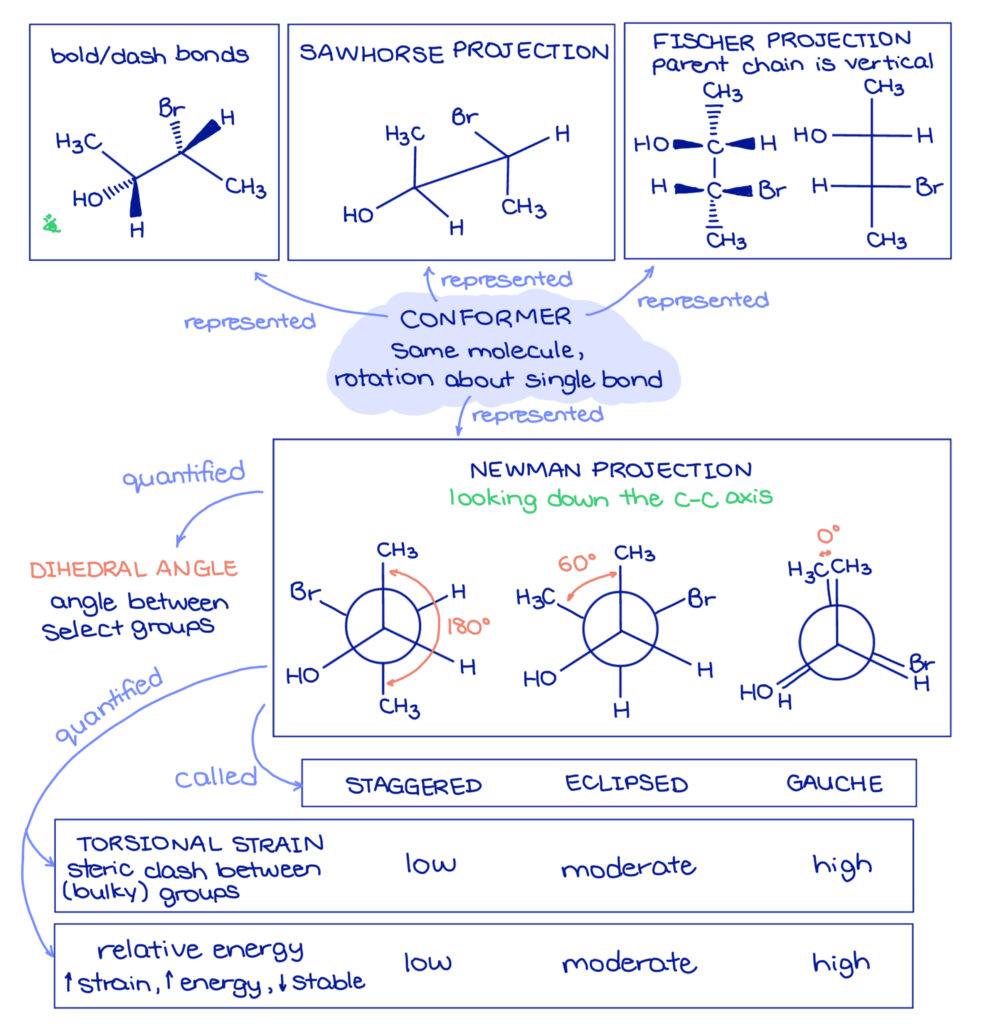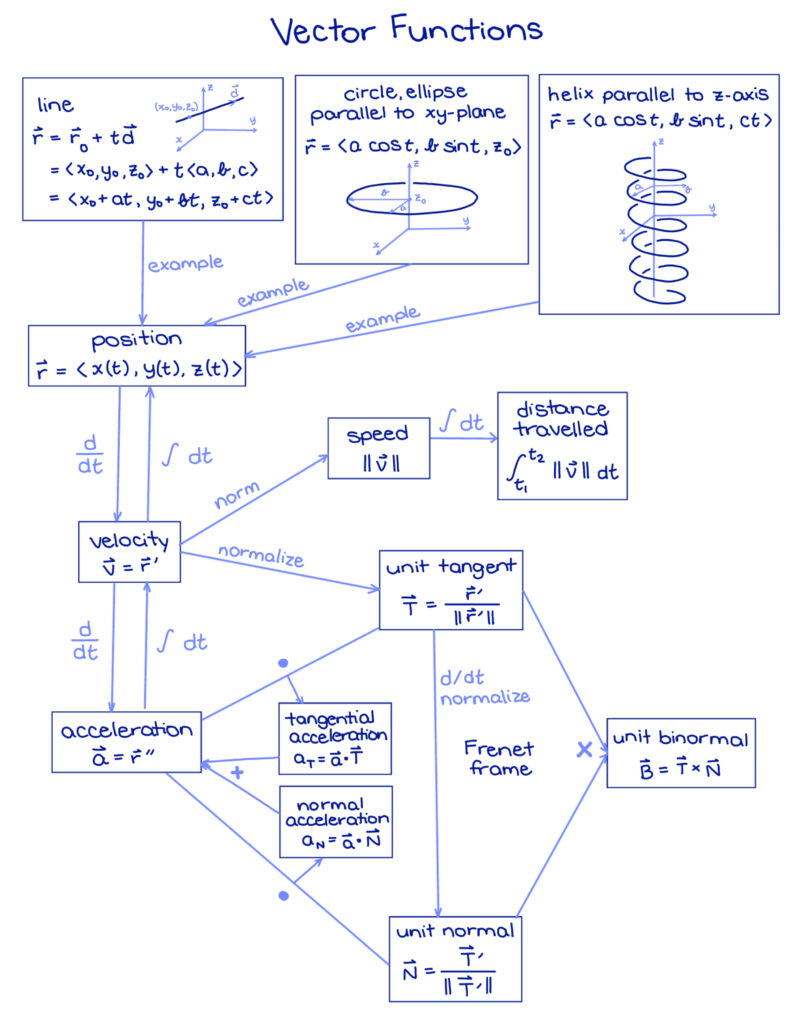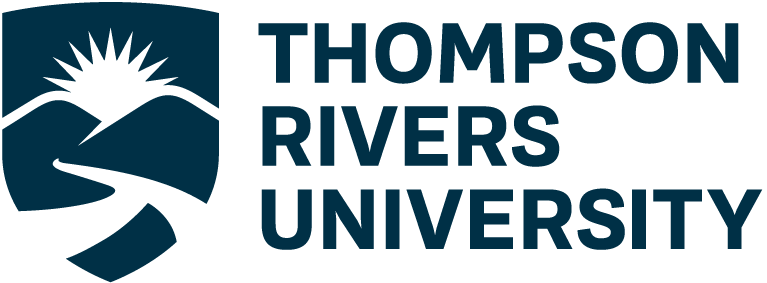Concept Mapping as a Review Activity
This guide is available as a Word document or PDF.
According to the mapping principle, people learn deeply when they translate complex word-based information into a combined word- and visuospatial format (Adesope et al., 2021; Fiorella & Mayer, 2021). The collaborative mapping principle goes further to suggest that concept mapping can be a collaborative activity with other learners (Adesope et al., 2021).
A typical concept map has concepts, represented as labelled and/or pictorial nodes, joined to other concepts by lines or arrows into a web-like representation (Adesope et al., 2021; Fiorella & Mayer, 2021). Below are examples of concept maps for organic chemistry (Figure 1) and vector calculus (Figure 2).
Concept maps are helpful for:
- keeping account of current knowledge
- integrating new knowledge
- seeing the nature of the relationships among concepts, such as the hierarchy, distance, and directionality (cause-and-effect) of the relationships (Adesope et al., 2021; Fiorella & Mayer, 2021)


Interestingly, student-made concept maps tend to be more effective for learning than studying instructor-generated maps (Schroeder et al., 2018). Seemingly, most of the research on the benefits of mapping is about students making maps, either individually or collaboratively, rather than maps that are provided by the instructor (Adesope et al., 2021). The role of the instructor would be to encourage students to concept map at strategic points in a course (Adesope et al., 2021), such as when reviewing for exams.
Summary
- Encourage students, individually or in groups, to make concept maps as a way to integrate distinct topics in a course.
Media Attributions
Unless otherwise noted, all figures were created by Jung-Lynn Jonathan Yang under a CC BY-NC-ND 4.0 license.

